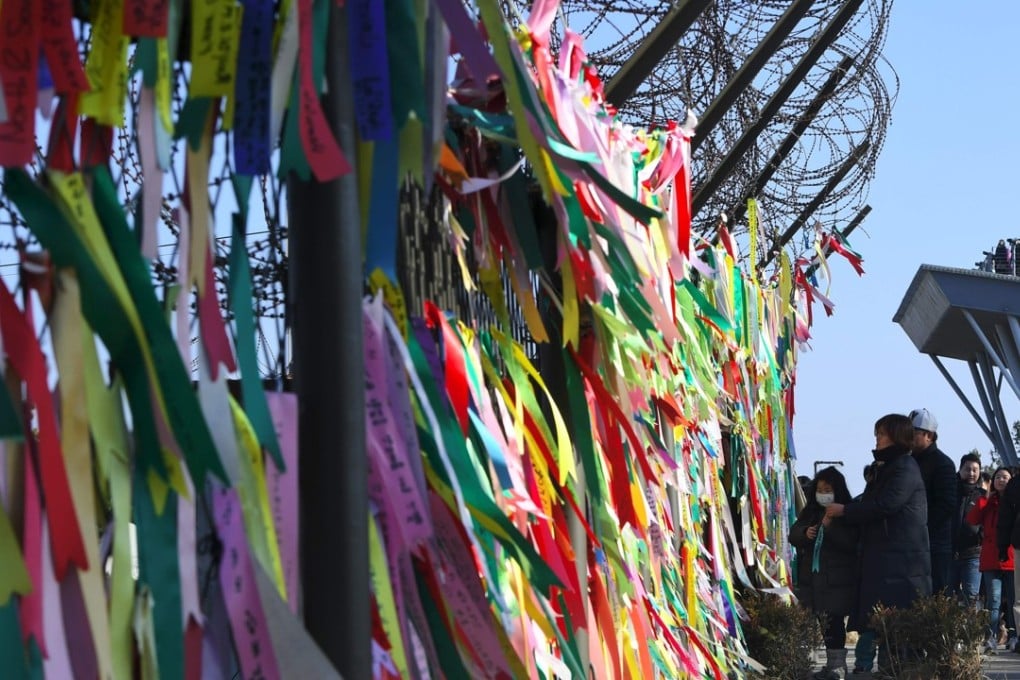Even if Trump-Kim summit clicks, Koreans might never
They look different, speak different, and in terms of technology might as well be living in different centuries. Integration between North and South Koreans in a reunified country would not come easy

But for any such reconciliation to succeed, major issues that have grown out of 68 years of division must first be addressed. While these include economic and infrastructure disparities, it is the cultural divide that may prove the widest gulf.
Tech-savvy South Korea is home to the fastest internet on Earth. It also has one of the most internet-literate populations – 92 per cent of South Koreans use the internet, according to Internet World Stats.

In North Korea, a restricted intranet provides limited access to the internet for a small number of universities, government elites and foreigners. Only 10 per cent of the population is estimated ever to have accessed it.